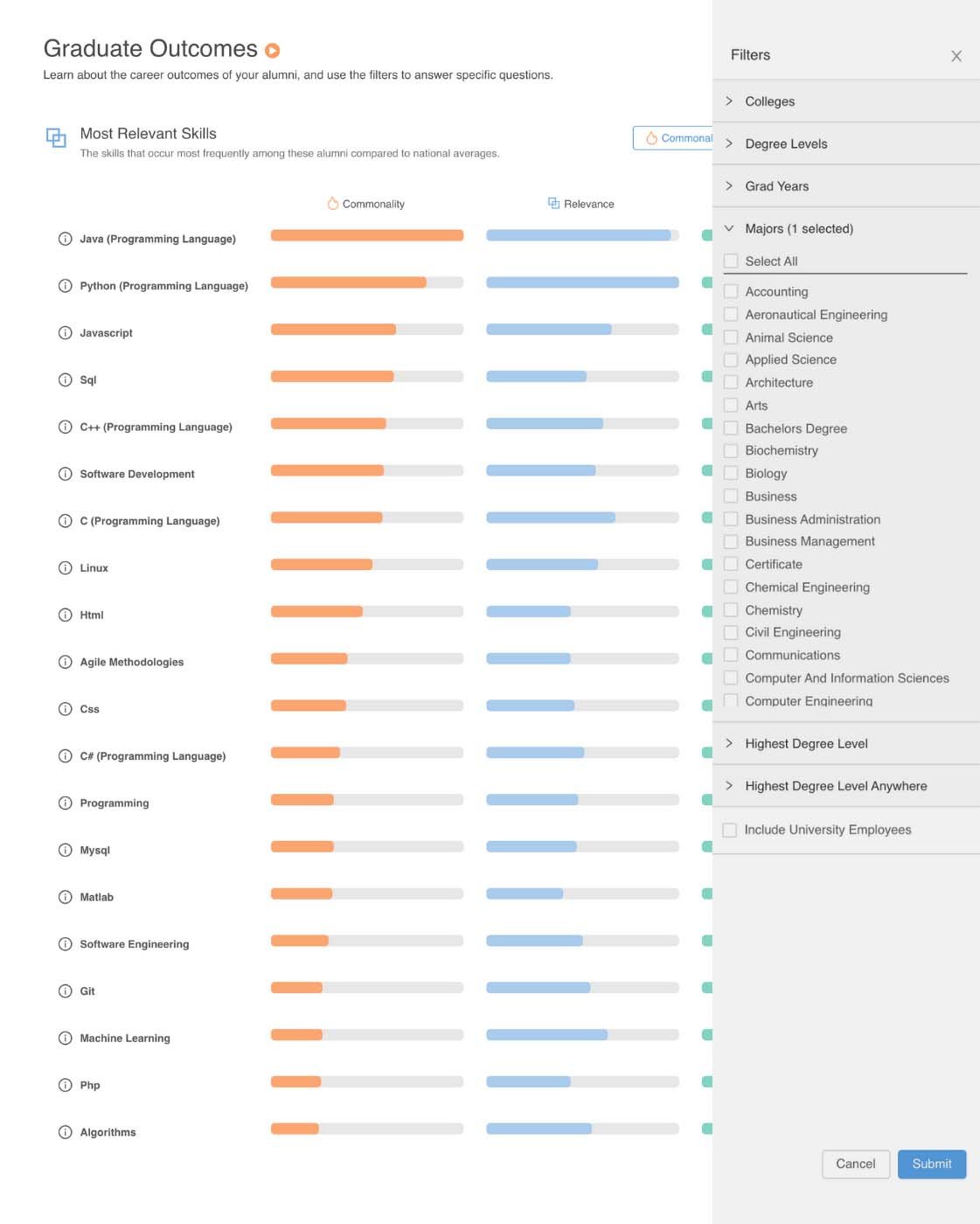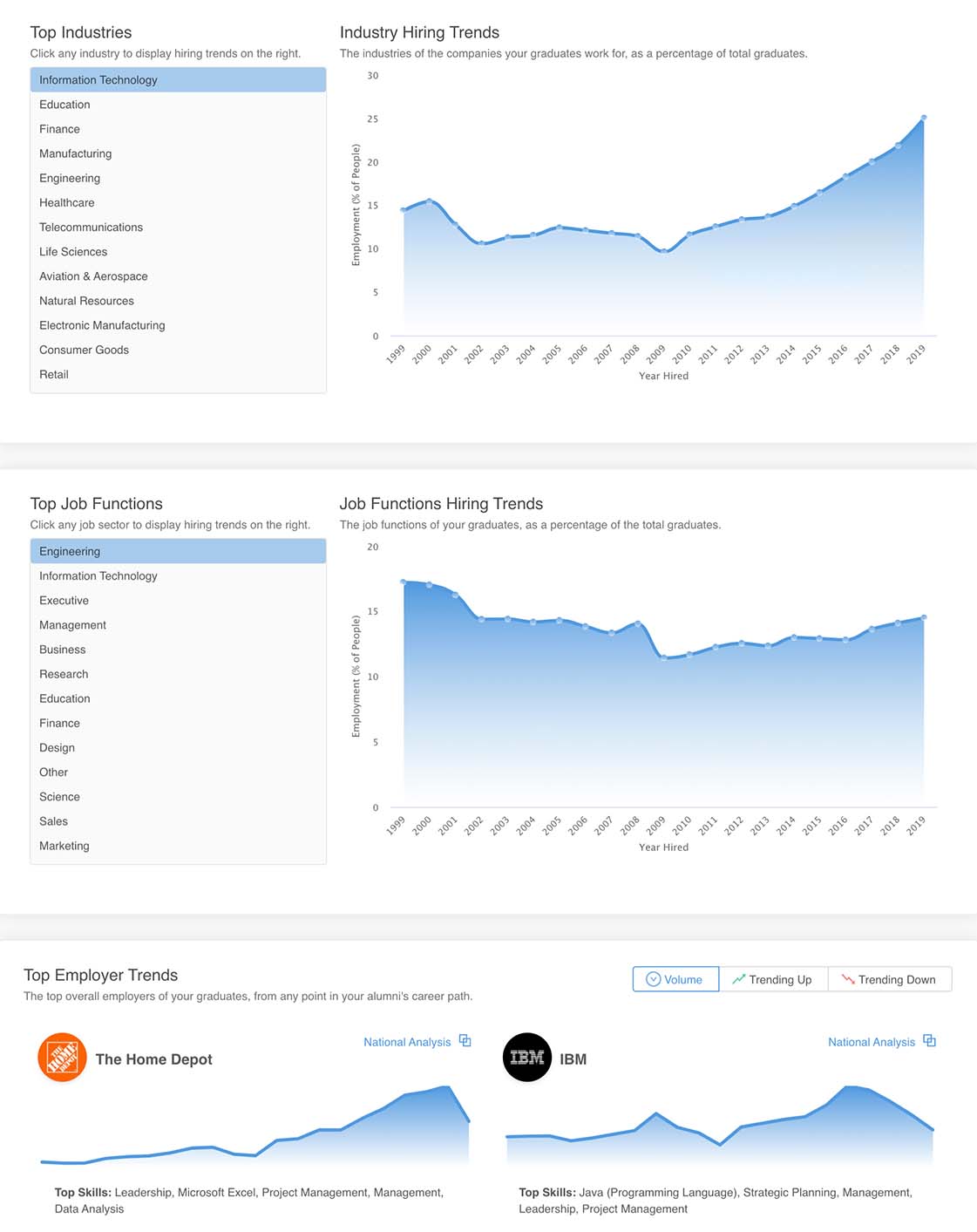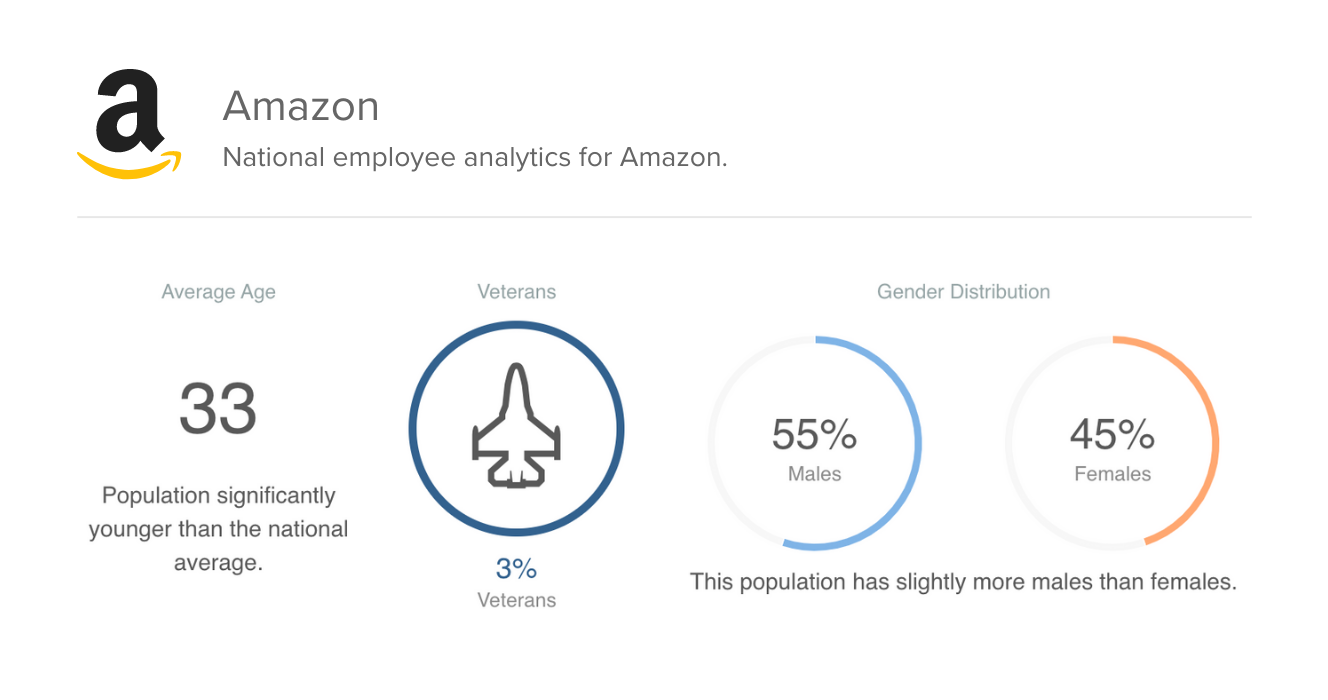Exploring Outcomes For High Earning Female Graduates Under 40 in the Patriot League Conference
Pay equity is a critical issue in the workforce and for Higher Education. Steppingblocks previously explored the R2 universities producing the highest...

As a steward of outcomes data, Steppingblocks holds a high standard to collect, verify and secure high-quality education and workforce information. We refresh our data quarterly to maintain the most accurate records for you.
To obtain a comprehensive picture of education and workforce outcomes, we collect, organize, classify and analyze demographic, education, and employment data from hundreds of different sources. Our data undergoes a rigorous process of validation for quality and veracity to ensure our clients get reliable, high quality workforce insights that allows them to make confident and informed decisions.

SOURCE
We source education data from online profiles, resumes, government and education institution resources, such as the National Center for Education Statistics (NCES), university websites, public databases, and institutional partnerships.
METHOD
We utilize multiple methods (ML, Ai, NLP, etc.) that normalize, classify, and generate insights from hundreds of millions of raw education records. We standardize outputs into generally accepted classification categories and we build custom catalogs for every accredited institution in the U.S.
WHAT'S AVAILABLE
Our education profiles contain degrees, levels, graduation years, institution names, CIP categories, and subcategories. Additional education attributes are derived and available for cross segmentation analysis directly into our platforms and custom analytics.
SOURCE
We source employment data from online profiles, resumes, job postings, government sources, such as the Bureau of Labor Statistics (BLS), public filings, company websites, public salary databases, and company firmographic databases.
METHOD
Our engine analyzes career paths longitudinally and gathers data from every single employment milestone including length of employment, job title analytics (normalization and classification) and employer analytics (industry, location, company growth, company type, etc.). We then utilize all of the gathered/derived information to generate further insights at singular and aggregate levels.
WHAT'S AVAILABLE
Our employment data and analytics (combined with education data and analytics) allow us to generate hundreds of singular and aggregate level insights on graduation outcomes, workforce insights, compensation analytics, firmographics, industry trends, and much more.

.png?width=1121&name=Untitled%20design%20(54).png)
SOURCE
We source demographic data from government sources (census data, NCES graduation surveys, etc.), proprietary assessments, online resources (articles, patent publications, social groups, etc.) and data from online profiles and resumes.
METHOD
Our analytics engine ingests billions of unstructured data points to generate fast and unique demographic insights. Our data integration process, models, and applications undergo a rigorous process of data validation, deduplication, and data veracity testing before publication.
WHAT'S AVAILABLE
Our demographic data and analytics allow us to generate singular or aggregate statistics by gender, location (map based), veteran status, salary, tenure, etc and can cross reference to any education, employment or institutional attribute (or set of attributes).
We provide analytics for any company, educational institution, industry, or geographic location. We combine publicly available firmographics, institutional attributes, and industry data points to any segment of the Steppingblocks education, employment, or demographic data.

.png?width=500&height=150&name=Untitled%20design%20(2).png)




-1.png?width=500&height=150&name=Untitled%20design%20(52)-1.png)
.png?width=500&height=150&name=Untitled%20design%20(53).png)
Pay equity is a critical issue in the workforce and for Higher Education. Steppingblocks previously explored the R2 universities producing the highest...
Pay equity is a critical issue in the workforce and for Higher Education. Steppingblocks previously explored the R2 universities producing the highest...
© 2025 Steppingblocks, Inc. All rights reserved